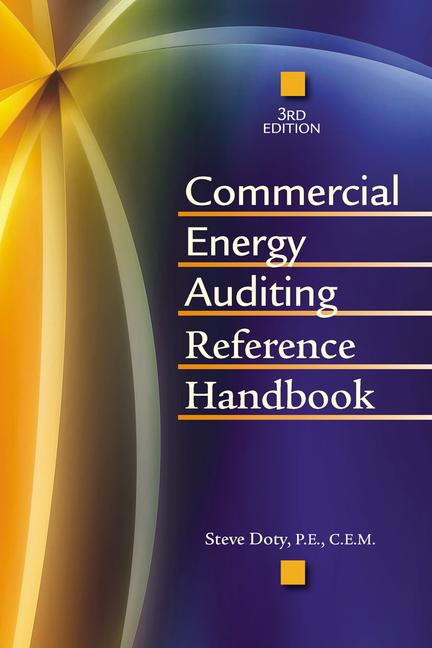MORE IS NOT ALWAYS BETTER
Some insulation contractors (and a few newbie energy geeks) have been quick to suggest that a poorly insulated building in a cold climate will always save energy by boosting its R-values. In one case, a 50-year-old, low-rise lecture hall in the Northeast was about to add new roof insulation to address hot and cold complaints during weather extremes. A detailed computer simulation of the building (previously created to evaluate proposed HVAC system upgrades) was used to determine the impact of the extra insulation. When the simulation indicated that annual fuel use barely changed, many thought it had to be wrong.A review of each month's usage, however, found that consumption would indeed be lower in winter - but it rose in the summer. How could that be? Dimmable incandescent lighting in the ceiling was used extensively, creating a significant cooling load much of the time. Extra insulation would have held that heat inside the space instead of conducting it to the outdoors through the roof. Compounding the problem was the building's inefficient steam absorption chiller. That extra cooling load caused greater boiler fuel consumption in the summer to provide the extra steam demanded by the chiller, offsetting some of the winter heat loss savings. Since replacing either the chiller or the lighting would have greatly raised the project's cost, no insulation was added.
Bottom line: all impacts of insulation need to be considered, not just those that make it look good on paper.
Motoring Your Way To Savings
According to the DOE's National Renewable Energy Laboratory, electric motors account for about 64% of demand side electrical consumption in the United States. Many run for thousands of hours a year, so even a small improvement in their efficiency may pay back in just a few years. The rated effi-ciency of many new motors under 150 hp is 5% to 10% higher than older units presently in service, so their replacement should be a "slam dunk" as far as energy savings are concerned.Note, however, that many new energy-efficient motors run at slightly higher speeds than their forebears. Motor energy consumption rises with the cube of the speed, so even a small difference in speed could translate into higher energy consumption, if no other changes (e.g., pulley size, gear ratio) are part of the upgrade.
For a fan motor, greater speed also translates into greater airflow. If, as a result, more outside air is pulled in, chillers and boilers will consume more energy to condition it. Combined with a new motor's extra power use, such impacts could cause more energy to be consumed, instead of less.
Bottom line: motors are part of a system and, if savings are to be ensured, appropriate adjustments to that system must be part of a motor upgrade.
Dimming Lighting - Or Energy Savings?
Much has been made of dimmable electronic fluorescent ballasts as a source of potential savings, especially when incoming daylight supplants part of the need for electric lighting. But at full output, dimmable ballasts may use more power (up to 20% more) than efficient electronic ballasts providing the same light level.This difference is most important where architectural dimming (e.g., conference rooms, lecture halls) is used only on occasions. Light output may remain at full during many hours, using more electricity than lights operating on fixed output electronic ballasts. If the lights are rarely dimmed, a net increase in energy for lighting in such spaces will result.
Attention is needed to the hours when the lights are typically at varying levels of illumination in order to assess if any net savings will actually occur. In some cases, it may make more sense to use fixtures with two separately switched standard electronic ballasts, with fixtures zoned into switchable groups, so that light is available at discrete levels instead of dimming across a wide range.
Bottom line: careful planning during design may trump whiz-bang technology.



